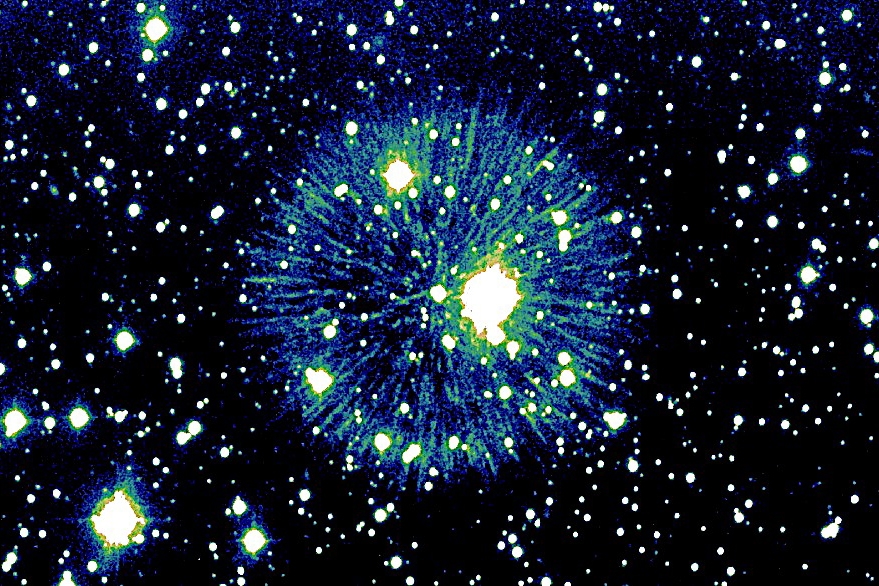Astronomers from Dartmouth College have received new images of the Pa 30 nebula. Analysis of the images showed that its unusual structure and characteristics corresponded to the collision model of two white dwarfs.

The Pa 30 nebula is a dense region consisting of luminous gas and dust, located at a distance of 10 thousand light-years from the Sun. Its diameter is 3 light years, it is expanding at a speed of about 1100 km/s.
The results of observations suggest that the nebula contains practically no hydrogen and helium, but is rich in sulfur and argon. At its center is the exotic star J005311, which is a source of unusual X-ray radiation and has an atypical chemical composition.
The question of the origin of Pa 30 has long been debatable. According to the researchers, the nebula is unlike any other object in the Milky Way, including the remnants of typical supernovae.
In an attempt to find an answer to the question of the origin of the nebula, scientists have studied its new images. The analysis showed that its structure and characteristics corresponded to the model of a collision between two white dwarfs that occurred about 850 years ago (similar events are also called supernovae of Iax type).
Such an event should be accompanied by the release of a large amount of energy and be visible from the Earth. And scientists already have an excellent contender. In 1181, Chinese astronomers noted the appearance of a new star, which disappeared after a while. Pa 30’s position in the sky and its age make it an ideal candidate for the role of a trace left over from this event.
According to https://home.dartmouth.edu
Follow us on Twitter to get the most interesting space news in time
https://twitter.com/ust_magazine

